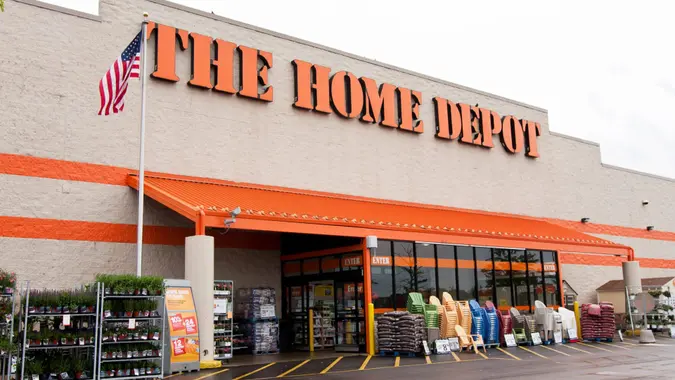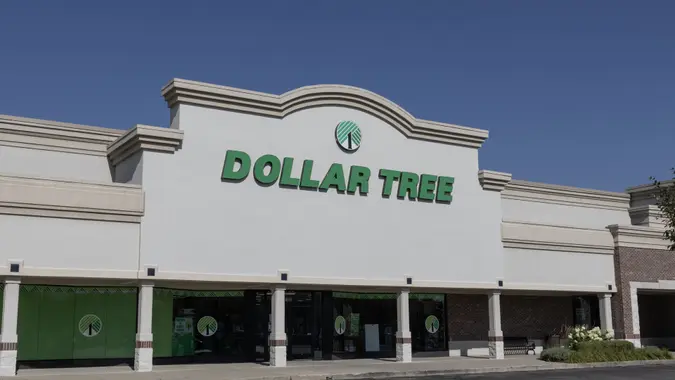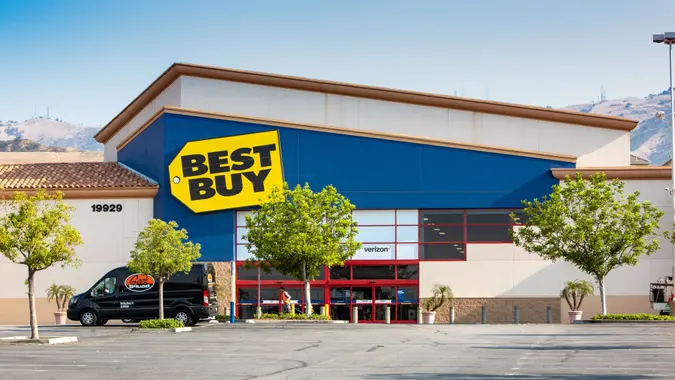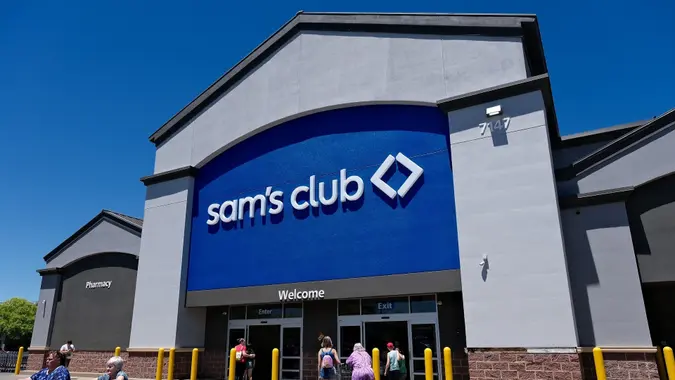5 Ways To Disaster-Proof Your Home on a $500 Budget
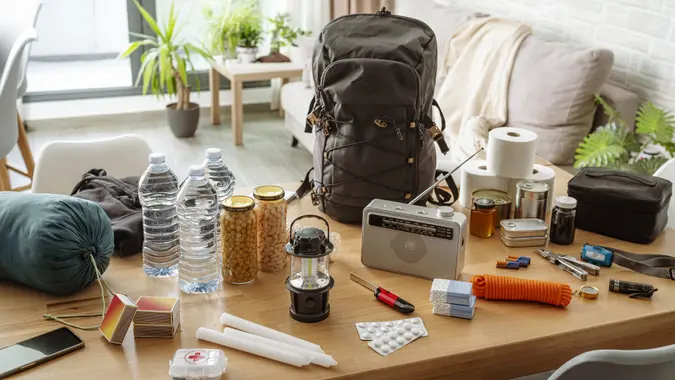
Commitment to Our Readers
GOBankingRates' editorial team is committed to bringing you unbiased reviews and information. We use data-driven methodologies to evaluate financial products and services - our reviews and ratings are not influenced by advertisers. You can read more about our editorial guidelines and our products and services review methodology.

20 Years
Helping You Live Richer

Reviewed
by Experts

Trusted by
Millions of Readers
Protecting a home from disaster doesn’t always require a large investment. With a budget of $500, homeowners can make targeted purchases that significantly reduce risks from burglary, fire, flooding and other emergencies. The key is to focus on affordable, high-impact measures that address both physical vulnerabilities and financial preparedness.
Below are several examples of how you can use $500 to protect your home from disaster.
Install a DIY Home Security System
One of the most effective ways to protect a home from burglary or intrusion is to install a modern DIY security system. These systems are far less expensive than traditional hardwired setups, and can be installed without professional help. For example, Ring offers whole home starter kits ranging from $200 to $700. These kits can include outdoor cameras, floodlight cameras, doorbell cameras, alarm security kits and more.
The Ring Home subscription gives you access to your security system from anywhere, and costs from $50 to $200 per year (depending on the plan). You can even add professional protection for an additional fee. By investing in a DIY security system, homeowners can deter intruders and respond quickly if an incident occurs.
Reinforce Entry Points with Better Locks and Hardware
Doors and windows are the most common points of entry for burglars, and also vulnerable during severe storms. Reinforcing these areas is a cost-effective upgrade. A Schlage B60N single-cylinder deadbolt costs about $40 at Home Depot. Adding a door reinforcement plate kit can cost between $20 and $200. Together, these upgrades make it significantly more difficult for an intruder to kick in a door.
For windows, a roll of security window film, priced around $50 on Amazon, can strengthen glass against both break-ins and storm damage. You may also consider upgrading your window locks to make sure your windows can’t be easily pried open.
Create or Expand an Emergency Supply Kit
Natural disasters often disrupt utilities and supply chains, leaving households without access to food, water or power. A well-stocked emergency kit is essential for protecting your home and family during a disaster. The Augason Farms 72-Hour Emergency Food Supply Kit will feed four people for three days, and costs around $75. You can pick up a few 7-gallon Reliance Aqua-Tainers for $15 each to keep a supply of clean water on hand in case of supply interruption.
To supplement this, homeowners can add a hand-crank NOAA weather radio and a portable power bank for less than $20 each. These additions ensure communication and power during extended outages. Altogether, a robust emergency kit can be assembled for around $150.
Install a Smart Smoke and Carbon Monoxide Detector
Fires and carbon monoxide (CO) leaks are among the most common household emergencies, yet many homes still rely on outdated detectors. A smart detector provides an additional layer of safety by sending alerts to a smartphone even when the homeowner is away.
This device not only detects smoke and CO, but tests itself automatically and provides voice alerts about the nature and location of the danger. For just over $100, this purchase provides early warning and potentially life-saving protection for an odorless and colorless danger that is potentially present in every home.
Purchase Supplemental Insurance or Build Emergency Savings
Even with physical protections in place, financial preparedness is essential. Many standard homeowners insurance policies do not cover disasters such as floods or earthquakes. Adding supplemental coverage can be relatively inexpensive compared to the cost of recovering after a disaster. Insurance premiums vary significantly depending on where your home is located, but it is easy to get a quote.
It’s also a good idea to have some money set aside for emergency expenses. This fund can be used to cover insurance deductibles, temporary lodging or immediate repair costs following a disaster.
 Written by
Written by  Edited by
Edited by 





